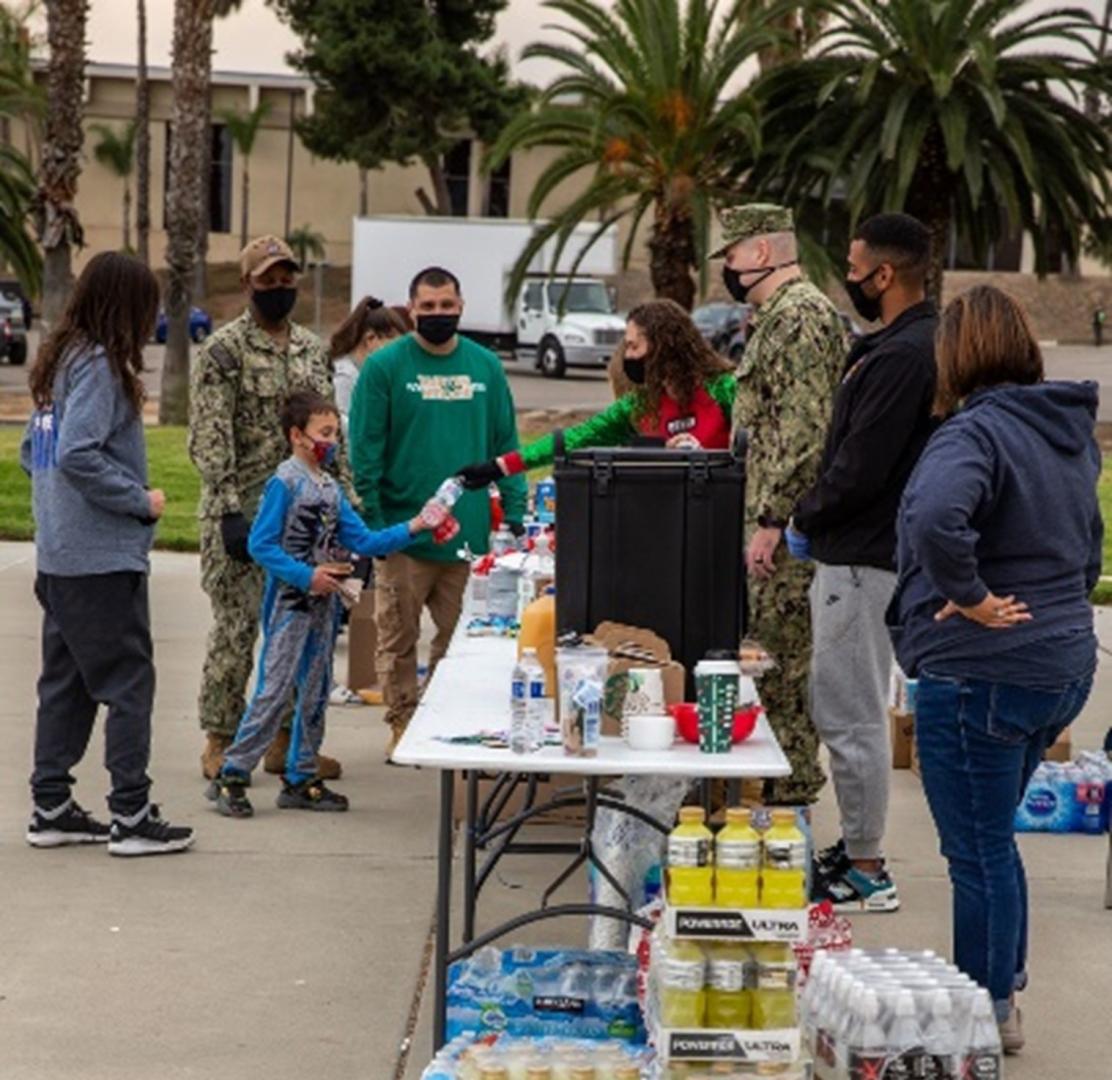Certain types of biological incidents may call for the evacuation of one or more elements of the affected population. An incident involving the large-scale dispersion of a biological agent that can persist in the environment, potentially as the result of an attack or an accidental release, could result in the need for people in the affected area to evacuate the impacted structure or area (see KPF 3: Control the Spread of Disease, for further discussion of evacuation and sheltering). If homes have been contaminated with a persistent biological agent, expanded mass care services (e.g., temporary housing) may need to be provided for the affected population. Lingering contamination or exposure concerns following these types of biological incidents may delay recovery activities or extend recovery timelines, potentially prolonging survivors’ needs for mass care and human services for weeks to months to years.
Evacuation may also be caused by another type of disaster, happening concurrently with a biological incident, such as a hurricane, flood, wildfire, or series of major tornadoes impacting an area already facing an epidemic. These types of concurrent disaster events may result in significant needs for adapted mass care services. Natural disasters can result in major evacuation and/or sheltering of populations, and a concurrent biological incident may pose threats to traditional feeding and sheltering activities. Conventional procedures for assisting disaster survivors and providing mass care services may need to be modified to prevent disease transmission among survivors and service providers.

In both cases, the transmissibility of the pathogen involved may constrain the ability to provide mass care and emergency assistance to survivors. If sheltering is required, congregate sheltering may be suboptimal during an outbreak of infectious disease. This depends on whether the pathogen is transmissible from person to person or is only able to be transmitted from environmental source to person. If the agent is not transmissible between people, traditional congregate sheltering may be an option. If the agent is transmissible between people, alternative options such as non-congregate sheltering may be more appropriate.
4.3.1 Evacuation and Sheltering
The type, scope, and scale of the incident will influence the facilities and transportation services needed to support evacuation and sheltering needs. In addition to routine disaster response planning, planners should consider these additional questions when planning for evacuation and sheltering during a biological incident:
- With whom will you coordinate to understand public health requirements and orders for evacuees in the destination jurisdiction? Who is your contact at the public health agency?
- How will you know if there are travel restrictions in place that will limit the movement of the impacted population?
- How will you know if evacuees are required to be tested prior to arriving in another jurisdiction?
- How will you know if evacuated populations are required to quarantine or isolate?
As noted above, congregate sheltering may be suboptimal during an outbreak of contagious disease. Adherence to infection control protocols such as social distancing and enhanced cleaning and disinfecting would require congregate shelters to drastically adjust their operating procedures for both staff and shelter residents. Contact tracing, decontamination, and separating those who are infected from those who are uninfected may also be necessary and would increase burdens on staff and shelter residents. Shelters may need to provide PPE to reduce the spread of infection among evacuees, and workforce shortages may occur if staff become exposed or ill themselves.
As a result of these challenges, non-congregate shelters such as hotels, colleges, and universities may be more feasible for sheltering survivors during a biological incident involving a contagious disease, as they provide greater opportunity to separate individuals while providing needed mass care services. Additional subject matter expertise and surveillance/monitoring data may need to be consulted to identify areas and facilities where mass care services can be safely located. In addition, the transmissibility of the pathogen also should be considered when planning feeding operations for any type of sheltering during a biological incident.
Planners should recognize that some underserved populations, such as individuals at lower socio- economic levels, non-documented residents, unhoused individuals, and persons with disabilities or limited mobility, may experience disproportionate impacts from biological incidents. These and other individuals may have limited financial reserves and their income may be disrupted in the aftermath of the incident and/or during response and recovery activities.
What Will You Need to Know?
- How will transportation services to/from shelters limit disease spread?
- What purposes will shelters fill during a biological incident and concurrent other type of disaster (e.g. hurricane, wildfire)? What are the corresponding best practices?
- Contamination/health screening?
- Decontamination?
- Limited medical evaluation and care?
- Emergency first aid?
- Temporary housing?
- Disaster welfare information?
- Food service?
- Health and mental health services?
- Ongoing health surveillance?
- What facilities in your region are available to serve as shelters during a biological incident and concurrent other disaster?
- What are their capacities?
- How will they limit disease spread?
- How will you handle a shortage of shelters or adequate space?
- How will you know if there are any staffing or resource constraints?
- How will you address workforce shortages at shelters if staff are unable to report during a biological incident?
- What accommodations will be made for individuals in need of additional response assistance?
- How will populations with disabilities, populations living in institutional settings, older populations, children, those experiencing homelessness, populations with limited English proficiency, transient populations (tourists, students, hospitality workers), populations with mobility or transportation challenges, and populations in need of crisis counseling or mental health services, among others, be accommodated?
- Which NGO, VOAD, and/or private sector partners will provide sheltering?
- What process will you use for prioritizing who will be sheltered in non-congregate shelters when such facilities are limited?
- What mental health services are available to those sheltering?

